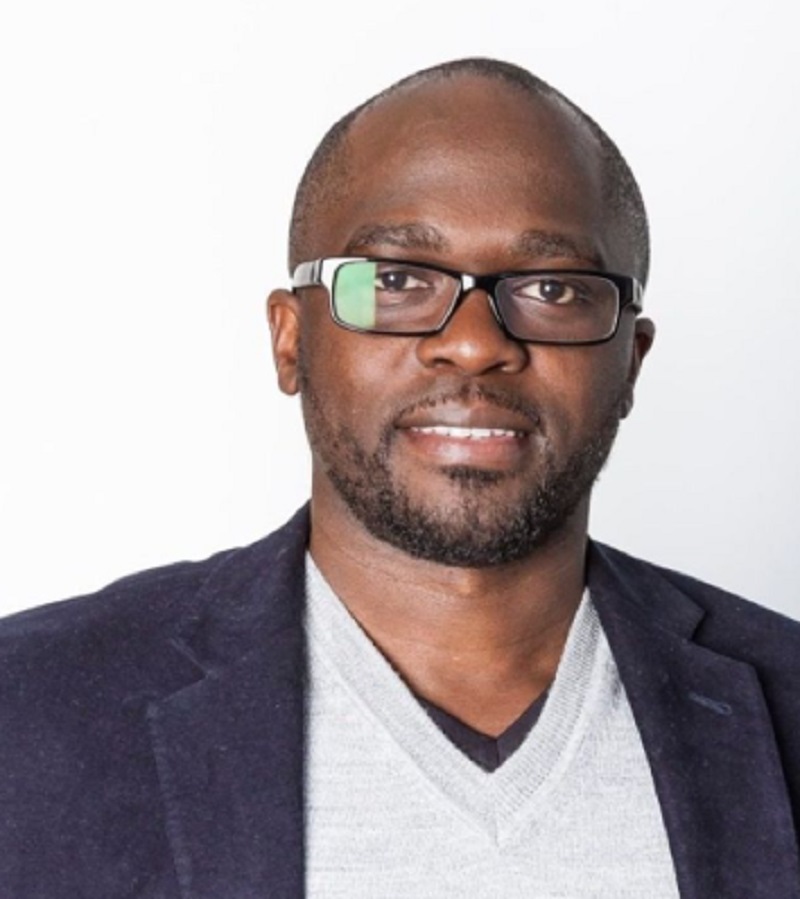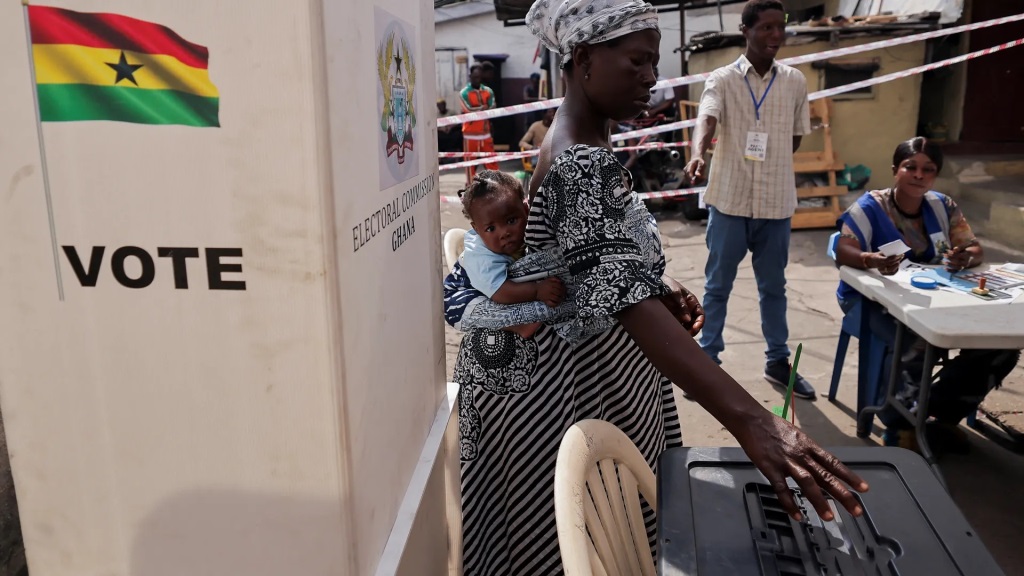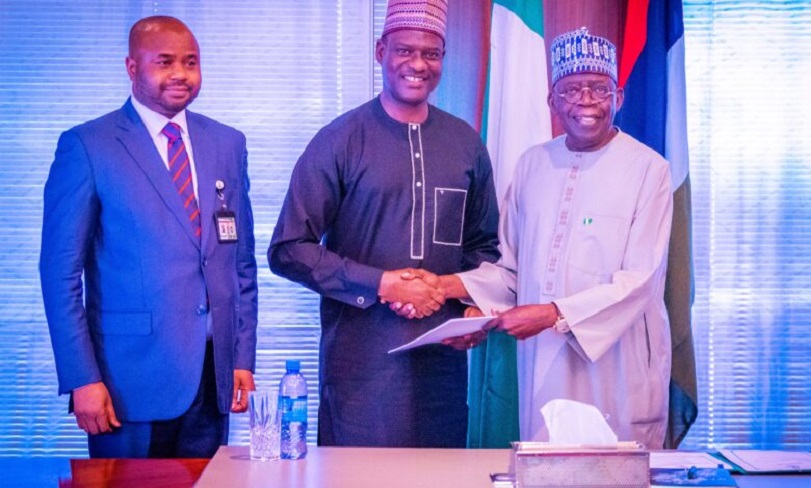Feature/OPED
Nigerian Youth and Sports Betting

By Jerome-Mario Utomi
Talking about young people, human development experts have described the stage as a moment of the storm, a stage in developmental growth where young adults want to explore and express themselves, as well as want to know more about the world.
This uncensored urge naturally comes with an inherent challenge which adversely affects the youth’s education and promotes social vices such as; premarital séxual escapades, instant gratification, the proliferation of fake news and the erosion of societal values.
But looking at recent commentaries, it is no longer an overstatement that our effort to create a more humane nation has recently witnessed a setback with the advent of sports betting on our shores.
This should, however, not be construed as a prediction of doom.
To explain; sports betting as a form of lottery or game of chance is neither restricted to a particular age nor séx but fuelled by the grinding poverty and starvation with which our country is currently afflicted.
In this context, there is nothing essentially wrong with sports betting if well regulated, but looking at the number of minds so far corrupted, and ‘destinies’ destroyed by this game, it becomes unfortunately true that like a turbulent ocean beating great cliffs into fragments of rocks, so has sport betting submerged our countrysides- bringing social, moral cultural and economic devastation upon our youths with their future now hanging on the balance.
Given this preceding awareness, nothing becomes more self-contradictory than the realization that an enabling Act backs its operation. Interestingly as it appears, the Act among other things provides for the establishment of the National Lottery Regulatory Commission charged with responsibility for the regulation of the business of national lottery in Nigeria as well as the establishment of a National Lottery Trust Fund.
Still on ‘gambling law’ in Nigeria, the law distinguishes between games of skill (which are legal) and games of chance (which are illegal). Legal forms of gambling include the lottery, land-based casinos and sports betting, whereas roulette, dice games and non-skilled card games are considered illegal. A significant relationship has been reported with age, gender, financial strain, some personality factors and depression.
Reports also said that monetary gain, fuelled by greed, unemployment, economic hardship and poverty are the most potent motivating factors for gambling and may act as a springboard to fuel criminality. Other less important factors are the pursuit of enjoyment, passion for sports and peer group influence.
From the above clarification, some pro-sports bet advocates have argued that what the Nigerian youths presently indulge in cannot be called a gamble as it has a regulatory agency; others at different times and places expressed similar sentiment saying that; since the winnings of sports bet are usually predicted on the outcome of legitimate games of soccer, addressing sports bet as a gamble cannot square up with logic as no good means can give birth to a bad end.
Arguably a well-chiseled position particularly when one remembers that sports betting provides a means of livelihood for the teaming operators. But before celebrating the vision and wisdom behind the above, it becomes more important that Nigerians first look at the crowd of young adults that daily fraternize with sports betting centres, review some ‘exciting progress’ recorded in this direction, and instincts coming from the larger society.
Going by reports, the cold truth is that beyond this advantage, its negative psychological effects such as; loss of fortune, loss of businesses, depression, death through suicide, assassination or heart attack, loss of sleep (insomnia) insanity, marital problems between the gambler and the young spouse as the gambler is always temperamental and agitated- on our youths, outweighs the usefulness.
But, even more, some well-meaning Nigerians had recently begun to question its usefulness to National development in the face of sterling beliefs that sports betting acts as a gateway to, and possesses the capacity for luring addicted players into criminal acts such as internet crimes (yahoo-yahoo in the local palace) among others.
The questions that now confront us as a nation are; how did parents suddenly lose control over their children to yield obedience to the power of sports betting? How many of the youths in Nigeria would overcome the temptation currently posed by sports betting? Who will stop those who cannot apply the virtue of moderation? Shall we entrust the future of our youths to the present regulators? Or must we as a nation allow the useful and the useless like good and evil go on together allowing our nation to reap whatever fruit comes in the near future?
For one thing, if an attempt is made to provide answers to these questions, it will definitely establish a link between the proliferation of sports betting centres and the high unemployment challenge in the country.
My reason is not far-fetched.
The unruly behaviours of some youths notwithstanding, the lack of political will on the part of the government to tackle the unemployment challenge in the country from its roots, or see the urgent necessity to cease politics and turn outwards to look for constructive and creative channels to fight the enemy called unemployment in the country contributes to the ever-increasing number of youths that throng different sports betting centres in all the major cities of the federation.
But this may not be the whole explanation.
Nigerians have learned through painful experiences that greed, peer pressure, and laziness among some of these youths have conjoined to give a boost to this newly adopted culture by our youths.
In my view, this is a clear socioeconomic problem that we collectively as a nation will have to determine how to solve- as the future strength of our nation depends on these young people.
To get started, apart from coming up with a more efficient regulatory framework, government at all levels-federal, state and local government areas must take politics out of our education and concentrate on empowering the youths through the creation of jobs that will keep these youths gainfully engaged as well as prepare the youths for jobs of the future-the leadership of our nation.
In addition to the above, skills acquisition for these youths and financial empowerment to those trained and actively regulating the business activities of these lottery outfits will be another step taken in the right direction by the government.
On their part, faith-based organizations and civil society groups as change agents should develop the people’s capacity to welcome new ideas and reject unwholesome behaviours that can endanger individual lives and that of the entire society.
Finally, let every youth in the words of Mahatma Gandhi develop a habit of accounting for everything that comes into, and goes out of his/her pocket and be sure he is the gainer in the end.
Utomi is the Programme Coordinator for Media and Policy at Social and Economic Justice Advocacy (SEJA), Lagos. He can be reached via [email protected]/08032725374
Feature/OPED
The Future of Payments: Key Trends to Watch in 2025

By Luke Kyohere
The global payments landscape is undergoing a rapid transformation. New technologies coupled with the rising demand for seamless, secure, and efficient transactions has spurred on an exciting new era of innovation and growth. With 2025 fast approaching, here are important trends that will shape the future of payments:
1. The rise of real-time payments
Until recently, real-time payments have been used in Africa for cross-border mobile money payments, but less so for traditional payments. We are seeing companies like Mastercard investing in this area, as well as central banks in Africa putting focus on this.
2. Cashless payments will increase
In 2025, we will see the continued acceleration of cashless payments across Africa. B2B payments in particular will also increase. Digital payments began between individuals but are now becoming commonplace for larger corporate transactions.
3. Digital currency will hit mainstream
In the cryptocurrency space, we will see an increase in the use of stablecoins like United States Digital Currency (USDC) and Tether (USDT) which are linked to US dollars. These will come to replace traditional cryptocurrencies as their price point is more stable. This year, many countries will begin preparing for Central Bank Digital Currencies (CBDCs), government-backed digital currencies which use blockchain.
The increased uptake of digital currencies reflects the maturity of distributed ledger technology and improved API availability.
4. Increased government oversight
As adoption of digital currencies will increase, governments will also put more focus into monitoring these flows. In particular, this will centre on companies and banks rather than individuals. The goal of this will be to control and occasionally curb runaway foreign exchange (FX) rates.
5. Business leaders buy into AI technology
In 2025, we will see many business leaders buying into AI through respected providers relying on well-researched platforms and huge data sets. Most companies don’t have the budget to invest in their own research and development in AI, so many are now opting to ‘buy’ into the technology rather than ‘build’ it themselves. Moreover, many businesses are concerned about the risks associated with data ownership and accuracy so buying software is another way to avoid this risk.
6. Continued AI Adoption in Payments
In payments, the proliferation of AI will continue to improve user experience and increase security. To detect fraud, AI is used to track patterns and payment flows in real-time. If unusual activity is detected, the technology can be used to flag or even block payments which may be fraudulent.
When it comes to user experience, we will also see AI being used to improve the interface design of payment platforms. The technology will also increasingly be used for translation for international payment platforms.
7. Rise of Super Apps
To get more from their platforms, mobile network operators are building comprehensive service platforms, integrating multiple payment experiences into a single app. This reflects the shift of many users moving from text-based services to mobile apps. Rather than offering a single service, super apps are packing many other services into a single app. For example, apps which may have previously been used primarily for lending, now have options for saving and paying bills.
8. Business strategy shift
Recent major technological changes will force business leaders to focus on much shorter prediction and reaction cycles. Because the rate of change has been unprecedented in the past year, this will force decision-makers to adapt quickly, be decisive and nimble.
As the payments space evolves, businesses, banks, and governments must continually embrace innovation, collaboration, and prioritise customer needs. These efforts build a more inclusive, secure, and efficient payment system that supports local to global economic growth – enabling true financial inclusion across borders.
Luke Kyohere is the Group Chief Product and Innovation Officer at Onafriq
Feature/OPED
Ghana’s Democratic Triumph: A Call to Action for Nigeria’s 2027 Elections

In a heartfelt statement released today, the Conference of Nigeria Political Parties (CNPP) has extended its warmest congratulations to Ghana’s President-Elect, emphasizing the importance of learning from Ghana’s recent electoral success as Nigeria gears up for its 2027 general elections.
In a statement signed by its Deputy National Publicity Secretary, Comrade James Ezema, the CNPP highlighted the need for Nigeria to reclaim its status as a leader in democratic governance in Africa.
“The recent victory of Ghana’s President-Elect is a testament to the maturity and resilience of Ghana’s democracy,” the CNPP stated. “As we celebrate this achievement, we must reflect on the lessons that Nigeria can learn from our West African neighbour.”
The CNPP’s message underscored the significance of free, fair, and credible elections, a standard that Ghana has set and one that Nigeria has previously achieved under former President Goodluck Jonathan in 2015. “It is high time for Nigeria to reclaim its position as a beacon of democracy in Africa,” the CNPP asserted, calling for a renewed commitment to the electoral process.
Central to CNPP’s message is the insistence that “the will of the people must be supreme in Nigeria’s electoral processes.” The umbrella body of all registered political parties and political associations in Nigeria CNPP emphasized the necessity of an electoral system that genuinely reflects the wishes of the Nigerian populace. “We must strive to create an environment where elections are free from manipulation, violence, and intimidation,” the CNPP urged, calling on the Independent National Electoral Commission (INEC) to take decisive action to ensure the integrity of the electoral process.
The CNPP also expressed concern over premature declarations regarding the 2027 elections, stating, “It is disheartening to note that some individuals are already announcing that there is no vacancy in Aso Rock in 2027. This kind of statement not only undermines the democratic principles that our nation holds dear but also distracts from the pressing need for the current administration to earn the trust of the electorate.”
The CNPP viewed the upcoming elections as a pivotal moment for Nigeria. “The 2027 general elections present a unique opportunity for Nigeria to reclaim its position as a leader in democratic governance in Africa,” it remarked. The body called on all stakeholders — including the executive, legislature, judiciary, the Independent National Electoral Commission (INEC), and civil society organisations — to collaborate in ensuring that elections are transparent, credible, and reflective of the will of the Nigerian people.
As the most populous African country prepares for the 2027 elections, the CNPP urged all Nigerians to remain vigilant and committed to democratic principles. “We must work together to ensure that our elections are free from violence, intimidation, and manipulation,” the statement stated, reaffirming the CNPP’s commitment to promoting a peaceful and credible electoral process.
In conclusion, the CNPP congratulated the President-Elect of Ghana and the Ghanaian people on their remarkable achievements.
“We look forward to learning from their experience and working together to strengthen democracy in our region,” the CNPP concluded.
Feature/OPED
The Need to Promote Equality, Equity and Fairness in Nigeria’s Proposed Tax Reforms

By Kenechukwu Aguolu
The proposed tax reform, involving four tax bills introduced by the Federal Government, has received significant criticism. Notably, it was rejected by the Governors’ Forum but was still forwarded to the National Assembly. Unlike the various bold economic decisions made by this government, concessions will likely need to be made on these tax reforms, which involve legislative amendments and therefore cannot be imposed by the executive. This article highlights the purposes of taxation, the qualities of a good tax system, and some of the implications of the proposed tax reforms.
One of the major purposes of taxation is to generate revenue for the government to finance its activities. A good tax system should raise sufficient revenue for the government to fund its operations, and support economic and infrastructural development. For any country to achieve meaningful progress, its tax-to-GDP ratio should be at least 15%. Currently, Nigeria’s tax-to-GDP ratio is less than 11%. The proposed tax reforms aim to increase this ratio to 18% within the next three years.
A good tax system should also promote income redistribution and equality by implementing progressive tax policies. In line with this, the proposed tax reforms favour low-income earners. For example, individuals earning less than one million naira annually are exempted from personal income tax. Additionally, essential goods and services such as food, accommodation, and transportation, which constitute a significant portion of household consumption for low- and middle-income groups, are to be exempted from VAT.
In addition to equality, a good tax system should ensure equity and fairness, a key area of contention surrounding the proposed reforms. If implemented, the amendments to the Value Added Tax could lead to a significant reduction in the federal allocation for some states; impairing their ability to finance government operations and development projects. The VAT amendments should be holistically revisited to promote fairness and national unity.
The establishment of a single agency to collect government taxes, the Nigeria Revenue Service, could reduce loopholes that have previously resulted in revenue losses, provided proper controls are put in place. It is logically easier to monitor revenue collection by one agency than by multiple agencies. However, this is not a magical solution. With automation, revenue collection can be seamless whether it is managed by one agency or several, as long as monitoring and accountability measures are implemented effectively.
The proposed tax reforms by the Federal Government are well-intentioned. However, all concerns raised by Nigerians should be looked into, and concessions should be made where necessary. Policies are more effective when they are adapted to suit the unique characteristics of a nation, rather than adopted wholesale. A good tax system should aim to raise sufficient revenue, ensure equitable income distribution, and promote equality, equity, and fairness.
-

 Feature/OPED5 years ago
Feature/OPED5 years agoDavos was Different this year
-
Travel/Tourism8 years ago
Lagos Seals Western Lodge Hotel In Ikorodu
-

 Showbiz2 years ago
Showbiz2 years agoEstranged Lover Releases Videos of Empress Njamah Bathing
-

 Banking6 years ago
Banking6 years agoSort Codes of GTBank Branches in Nigeria
-

 Economy2 years ago
Economy2 years agoSubsidy Removal: CNG at N130 Per Litre Cheaper Than Petrol—IPMAN
-

 Banking2 years ago
Banking2 years agoFirst Bank Announces Planned Downtime
-

 Sports2 years ago
Sports2 years agoHighest Paid Nigerian Footballer – How Much Do Nigerian Footballers Earn
-

 Technology4 years ago
Technology4 years agoHow To Link Your MTN, Airtel, Glo, 9mobile Lines to NIN























